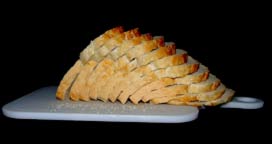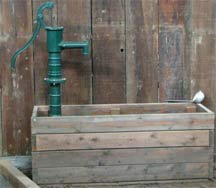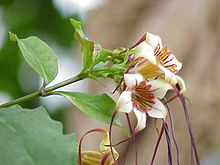Pumps and Channels Redux
Starting on the next screen, we'll focus on neurons and the use of membrane potential for creating electrical signals. But before we leave the rest of the body behind, I want to once more take a broad view of pumps and channels.
The sodium-potassium pump, which is actually a tiny enzymatic machine, is an amazing invention -- the best thing since before sliced bread. In fact about a third of ALL the ATP used by your cells is used to power these pumps! But, they don't actually contribute directly to the resting potential. How can that be?
We know from the Goldman equation that what matters is the permeability of each ion. And in fact BOTH pumps and channels create permeability, inasmuch as both of them allow ions through the membranes.
 But remember that a cell's channels can let up to a million ions through every second. In fact, overall channels move ions 100 times faster than pumps. So, the "P" related to a pump is much lower than the "P" related to a channel -- thus, pumps don't really enter into the Goldman or Nernst equations.
But remember that a cell's channels can let up to a million ions through every second. In fact, overall channels move ions 100 times faster than pumps. So, the "P" related to a pump is much lower than the "P" related to a channel -- thus, pumps don't really enter into the Goldman or Nernst equations.
(However, the permeability related to pumps DOES matter in bacterial cells, and also in eukaryotic cell organelles, because these cells/organelles don't have channels. So, ever though pumps are slow, they are the only game in town -- hence they contribute directly to the membrane potential.)
So if pumps don't contribute to membrane potential (in mammalian cells), then what do they do? Why does the cell spend so much energy on them? Without a pump, the cell wouldn't be able to keep sodium out and potassium in. Essentially the pumps sets up the concentration gradient which then creates the resting potential. And, as potassium moves out through the membrane channels to the tune of 1 million a second, pumps pump it back in again -- maintaining that all-important concentration gradient.
In fact, as all this is going on, concentrations inside and outside the cell change barely at all -- that's what's meant by steady state.
 Finally, what would happen if you did shut down the sodium-potassium pump? -- which you can in fact do by administering a plant toxin called "ouabain" (see flower to right). In the first few seconds, ouabain has little effect -- as long as the concentration gradient holds up, the membrane's resting potential stays pretty much constant. But, as potassium leaves through the channels, it is not replaced by pumps. So, the concentration gradient slowly decays, wreaking all sorts of havoc...
Finally, what would happen if you did shut down the sodium-potassium pump? -- which you can in fact do by administering a plant toxin called "ouabain" (see flower to right). In the first few seconds, ouabain has little effect -- as long as the concentration gradient holds up, the membrane's resting potential stays pretty much constant. But, as potassium leaves through the channels, it is not replaced by pumps. So, the concentration gradient slowly decays, wreaking all sorts of havoc...
Copyright University of Maryland, 2007
You may link to this site for educational purposes.
Please do not copy without permission
requests/questions/feedback email: mathbench@umd.edu